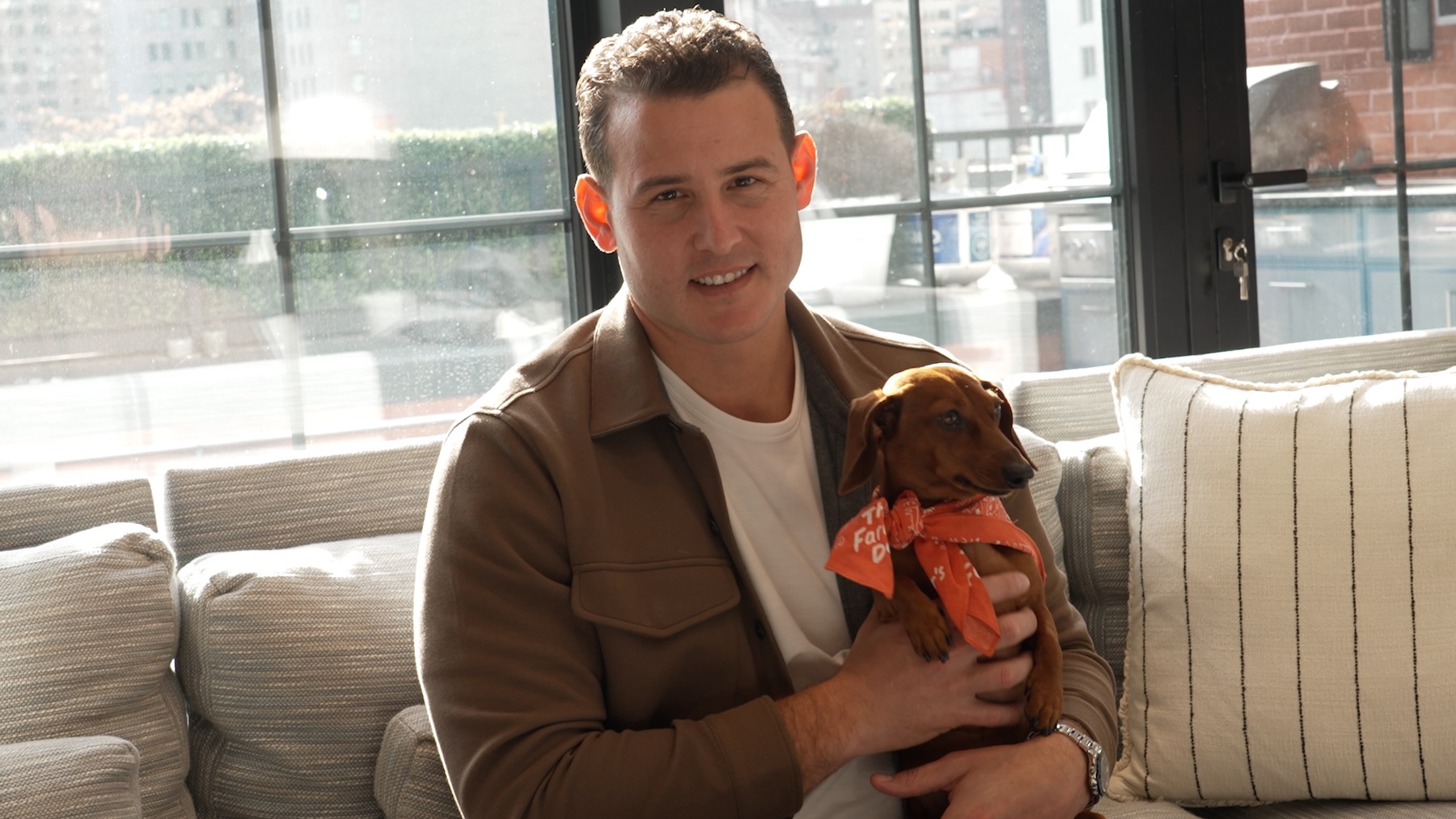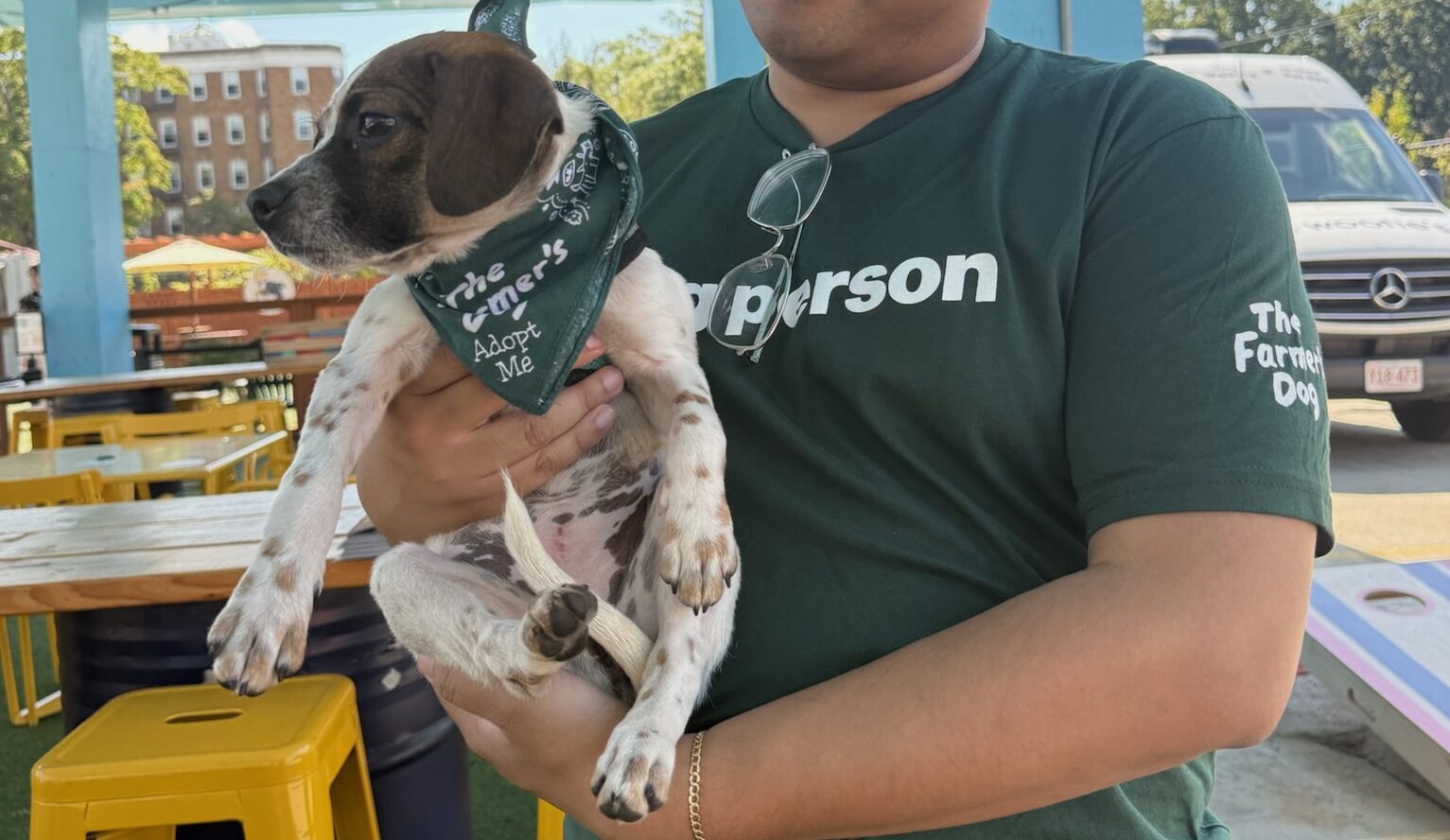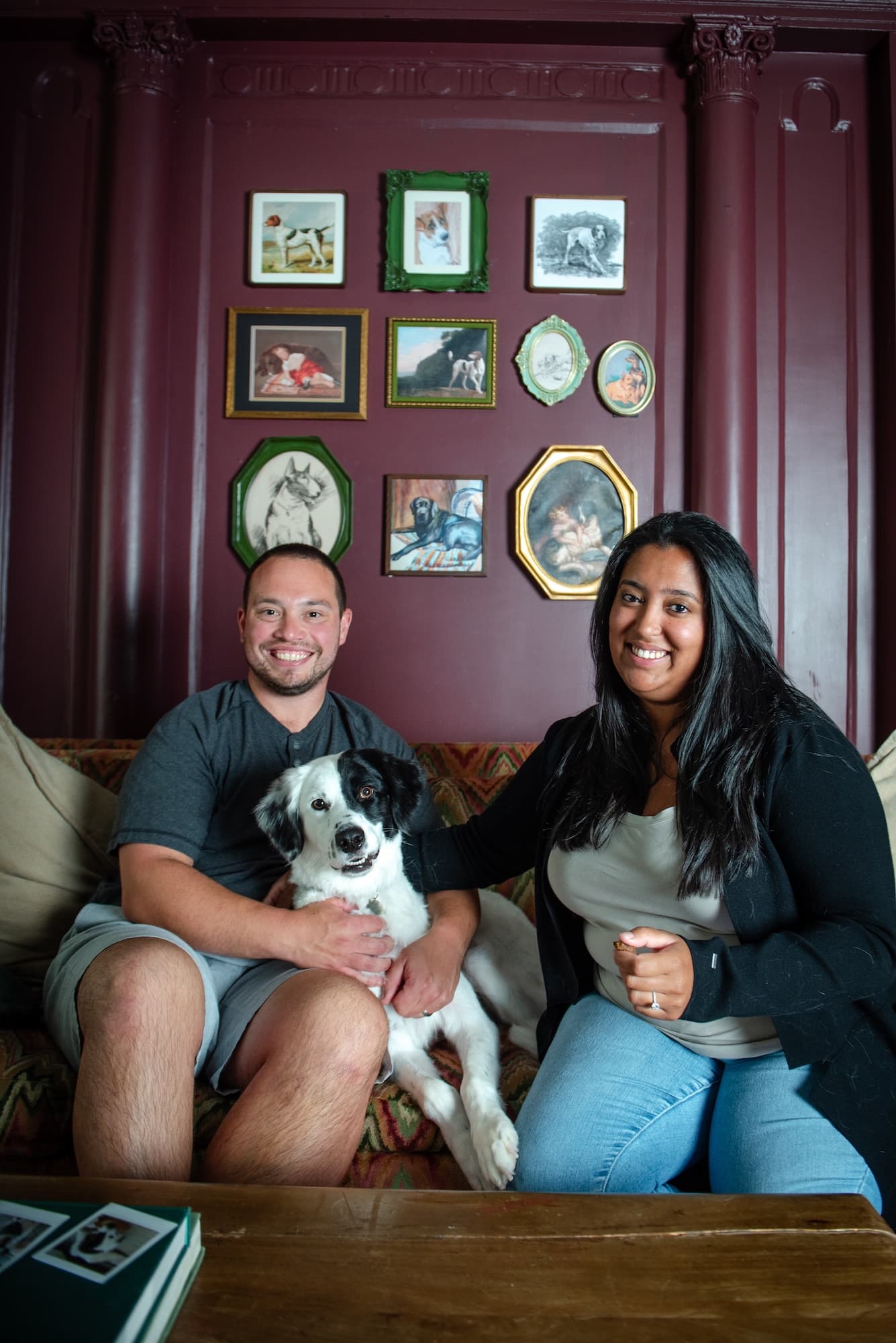Key points:
- Valerie, a miniature dachshund, was on her own for 529 days on Australia’s Kangaroo Island.
- She not only survived, but managed to gain weight during that time.
- Dangers to Valerie on the island included birds of prey and snakes.
- The rescue organization that helped get Valerie back lured her with the scent of one of her owners—specifically with pieces of a shirt she had worn.
- The organization and Valerie’s owners have taken care to help her readjust to life as a companion animal, and she seems happy to be back home.
- Valerie’s story shows how smart, resilient, and resourceful dogs can be.
If you try to provide your dog with everything they could ever want in life—a comfortable place to sleep, plenty of affection, a basket full of their favorite toys, and a steady supply of healthy food—you might think that they’d be helpless without you. But a tiny dachshund named Valerie recently proved that our best friends can be unexpectedly resourceful.
Valerie got loose during her people’s vacation on Kangaroo Island in Australia, and then survived 529 days on her own before being rescued. Not only was Valerie unharmed, but she somehow gained weight. She was under nine pounds when she went missing, and returned at nearly 13 pounds. “She’s put on a lot more muscle. Like, she’s jacked,” says one of her owners, Georgia Gardner. “She’s pretty thick.”
We recently had a video chat with Gardner and Valerie’s other owner, Josh Fishlock, along with Jared and Lisa Karran of Kangala Wildlife Rescue—the organization that helped get her back. It was early in the morning for us in New York, and late at night for them in Australia. Valerie was on the call too, licking her people’s faces every once in a while.
Here’s what we learned about Valerie’s time on Kangaroo Island, her happy return home, and what her story can teach all dog people.

How Valerie got loose
Fishlock, a police officer, and Gardner, a paramedic, wanted to go catch a squid around 200 yards away from where they were camping, and left Valerie in an enclosed canvas pen with a snuffle mat and some toys. They thought these distractions would keep Valerie busy for 30 minutes, but she broke out soon after. She didn’t stray far from the pen at first, but bolted for the woods when other campers approached in an attempt to help her.
Fishlock and Gardner searched for five days, but couldn’t find Valerie. Fishlock remembers “sleepless nights, crying nights.”
“Most nights,” Fishlock says, “we were in a tent and we could just hear the rain.” They worried about Valerie’s chances of surviving in such conditions.
After five days searching for Valerie, Fishlock and Gardner returned home. They feared that she was gone forever. But two weeks later, people on Kangaroo Island reported sightings of Valerie. That’s when Jared and Lisa offered their assistance. They said they’d help get her back if she was seen multiple times in the same place. It took a long time for that to happen—but, this February, it did. Kangala put out cameras to confirm the sighting. “When they saw her on the cameras,” says Gardner, “that was like, ‘yeah, she’s really alive. It’s definitely her.’”
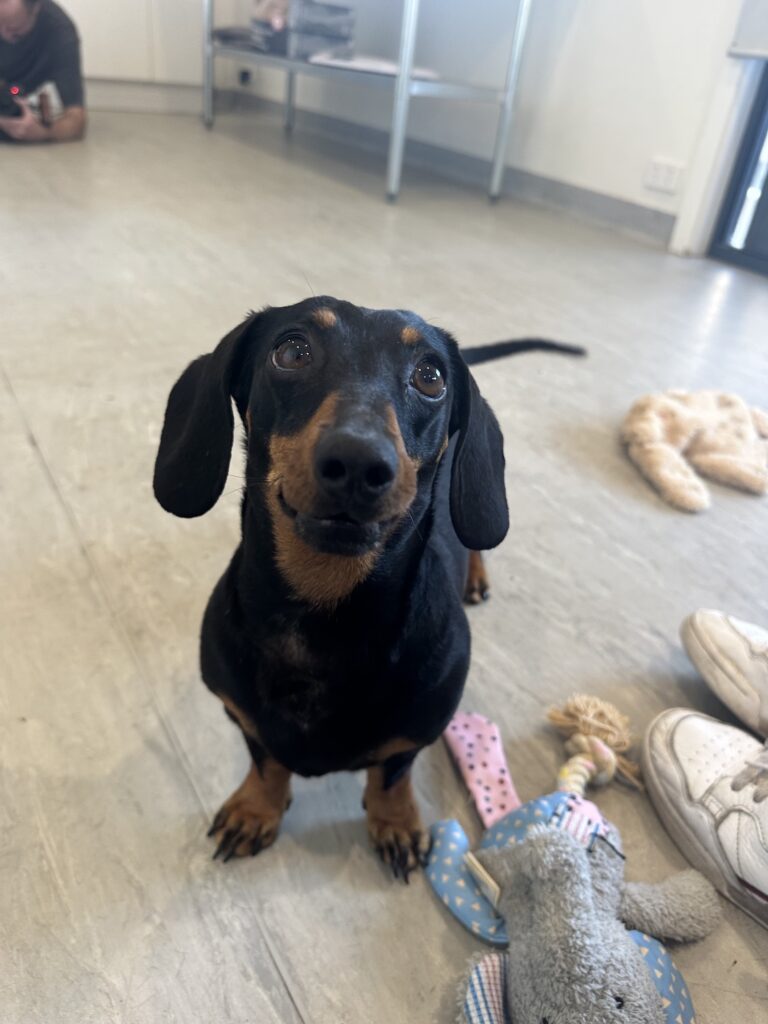
How Valerie managed to thrive during her adventure
As we mentioned, Valerie got bigger and stronger over her year and a half on the loose. Some say that the only explanation for this is human help. The Mayor of Kangaroo Island, Michael Pengilly, has said that he believes someone had been feeding Valerie and giving her water during her time on the island. Jared and Lisa disagree.
“Our illustrious mayor has an opinion about everything,” Jared says, laughing. “We can account for every person in that area that could have fed her,” he says, “and nobody has.” He also says that her behavior before and after capture suggested to him that Valerie really was on her own for those 529 days.
They believe that Valerie fed herself by scavenging.
Lisa explains that there were remains of dead animals, including roadkill, in areas Valerie was frequenting. “A sheep dying here or there, or a cow,” says Lisa, “would be a fine source of food for Valerie.”
Ethologist Marc Bekoff was not involved in the rescue, but is the co-author of the book A Dog’s World, which considers how dogs would survive in a world without humans. Dr. Bekoff confirms that one advantage for a small dog on her own would be that she’d require fewer calories to survive. Other pluses for small dogs: “They may be faster, they may be more acrobatic. They may not be as appealing as a potential meal to a predator, because they’re small.” In the book, Dr. Bekoff and his co-author Jessica Pierce discuss numerous pros and cons for small and large dogs fending for themselves. “The main point,” he says, “is that small is not necessarily a disadvantage.”
Fishlock says that Valerie’s circuit also included places where she could hide in holes and under vegetation in order to evade predators. Jared says the situation on Kangaroo Island could have been more hazardous for a dachshund than it was—there are no foxes or dingoes there, for example. But an eagle could have grabbed her, or she could have been bitten by a venomous snake.
If you’re like us, you’re also wondering about kangaroos (they’re in the name of the island, after all). “Kangaroos can attack dogs,” Jared says. But, he explains, that usually happens when dogs chase them. “We didn’t see that in Valerie’s personality,” he says, so it wasn’t a concern.
Dr. Bekoff says it’s possible that Gardner and Fishlock helped prepare Valerie for her ordeal by giving her food puzzles and snuffle mats throughout her earlier life—sharpening skills that would serve her well on her own.
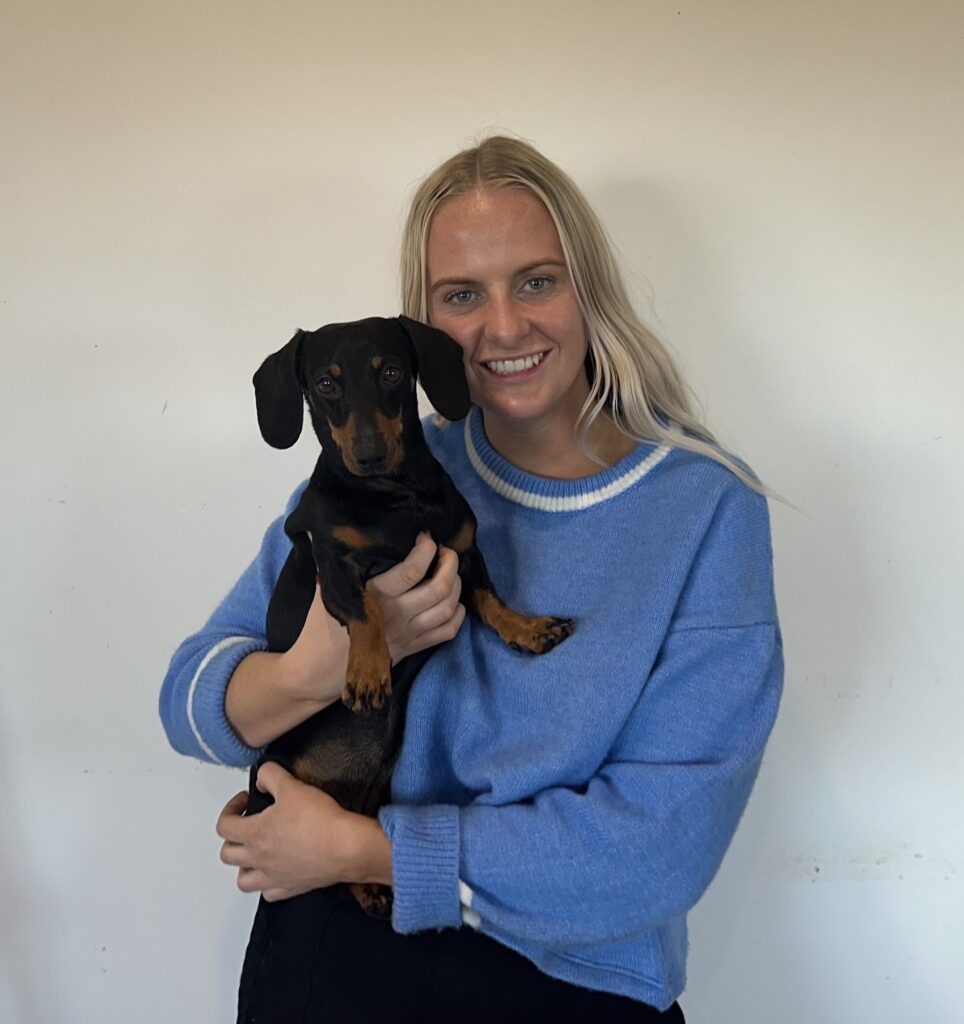
How Gardner’s shirts helped lure Valerie into a trap
Perhaps the most touching detail of Valerie’s story is that a key part of her rescue was the scent of shirts that Gardner wore during 12-hour work shifts. She sent those over to Jared and Lisa, along with many of Valerie’s old toys.
“The first thing we did,” Lisa says, “was [use] Valerie’s own scent. So her toys, her bedding, and we set up the crate [in the trap] like it was at home.” She used photos sent by Gardner to replicate Valerie’s home setup.
Lisa says she knew the approach was working when Valerie “grabbed one of her toys. It was only for about two seconds, but she grabbed it—and she thrashed it around with her tail wagging, as if she were in someone’s lounge room.” This lasted for a moment before Valerie went back into alert mode, but it showed that the rescuers had the right idea. “That was a really special moment,” she says.
“Then,” Lisa says, “we introduced Georgia’s T-shirt. We ripped it to shreds and made sort of an arrow towards the trap site.”
This strategy’s effectiveness doesn’t surprise Dr. Bekoff. Smell often brings up memories and emotions in people, after all—and dogs’ sense of smell is many times more powerful than humans’.
“Throughout this whole rescue,” Jared says, “people kept saying to us, ‘don’t underestimate this dog. Don’t underestimate this breed.’” In part, this meant taking precautions to ensure Valerie didn’t bolt again. A doctor from Canada sent Jared an email recommending that he add a latch to the trap’s door. At first, he didn’t think it would be necessary—but then he reconsidered. “I put a slide bar on it,” he says, “so that when the door came down, this bar slid down and locked it all in place.” The precaution paid off. “When the trap went off, [Valerie] went straight to the bottom of the door, in the middle, grabbed the bottom rung of the wire, and pulled back,” he says. “Now, if that slide bar hadn’t been there, [she] would have danced off out the door, given us a wink with her wiggly little butt and said, ‘Catch you later.’ It blew my mind. Like, that is smart.”
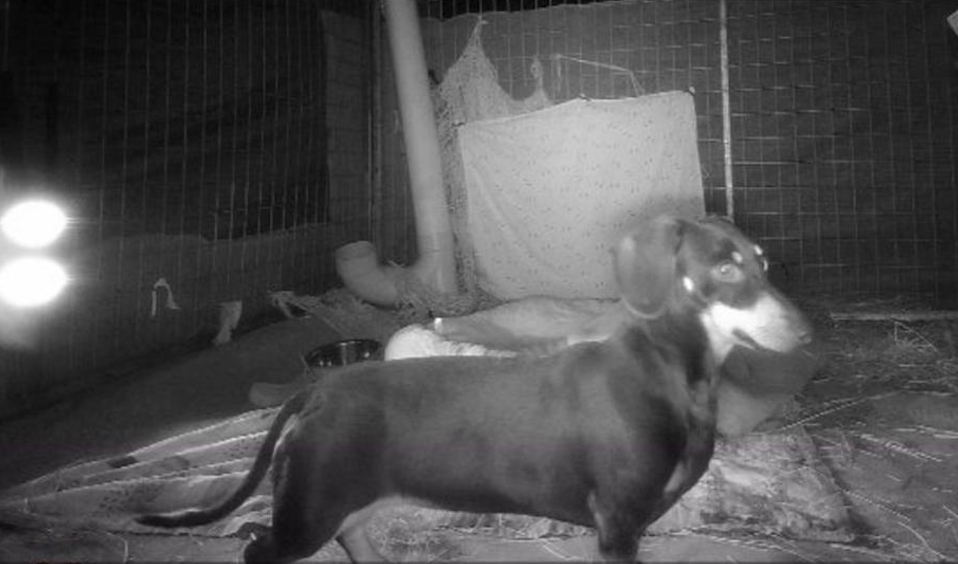
How Valerie’s rescuers made sure she’d be comfortable
Valerie had already been through a lot by the time the rescue effort started, and everyone wanted to make sure she was happy with the process.
“The whole thing,” Lisa says, “was about not scaring her by going too early.” They were especially worried about Valerie’s reaction when the trap door finally went down. But their efforts to slowly acclimate her paid off. “After she sort of looked around and scared us for a bit,” Lisa said, “she went into her crate and had a nap. It was beautiful.”
The efforts were so successful that Valerie loved the trap.
Gardner remembers being surprised at Valerie’s reaction when, after their initial reunion, she and Fishlock took her for a bathroom break on Kangaroo Island.
“At that moment, when she got on the ground on the lead,” Gardner says, “she started pulling like, ‘come this way!’ Josh walked with her, letting her pull, and she took him straight to the trap. It was incredible. She had a tail wagging. She was so excited. She was like, ‘Hey, look, this is my house! Come look; I’ve got to show you where I’ve been!’ She was wiggling around. She was so happy to be in there—she went to the corner where the crate was set up and rummaged around where they used to hide all the treats, looking if there were any extras left behind.”
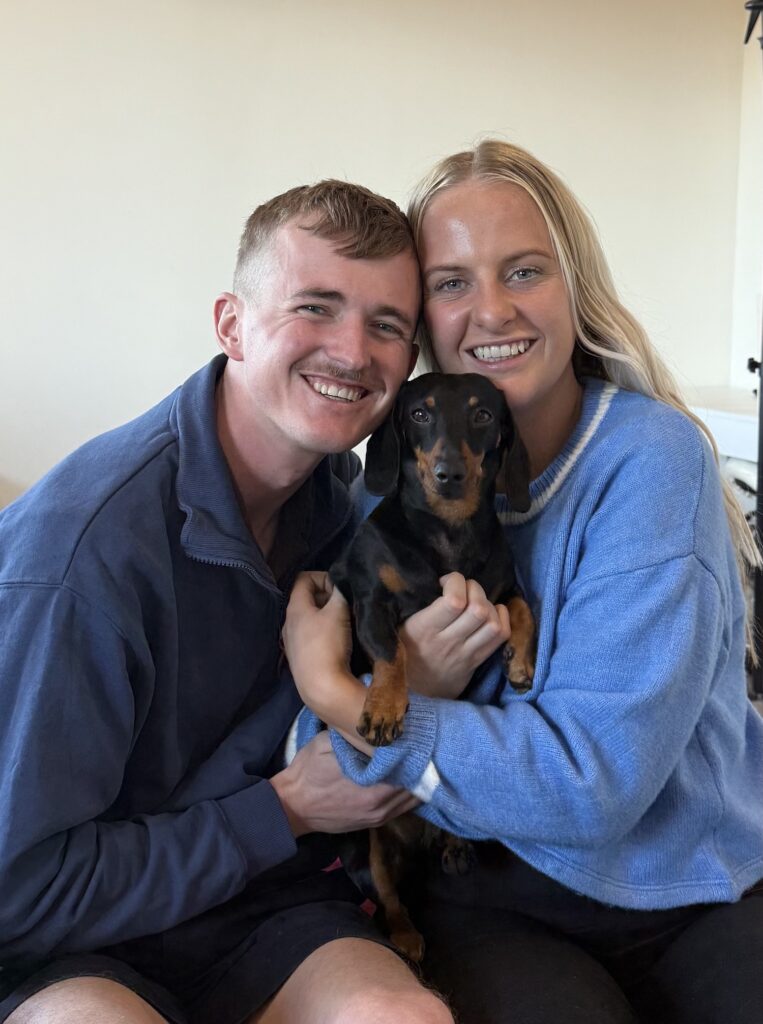
How Valerie has adjusted to life back at home
Valerie is now off of Kangaroo Island and back with her family in Albury, New South Wales.
“She is settling in just fine,” Gardner says of her heroic dog, who’s glad to be reunited with the people and other pets in her home. “She has made best friends with our other dachshund [Dorothy]. They are found running around with different toys and playing tug of war and trying to play on top of you when you’re trying to go to bed. Yeah, she’s doing pretty good.”
Though Valerie has put on muscle, and could easily dominate tug of war with Dorothy, she doesn’t.
“Valerie, because she’s so strong, she could definitely win,” says Gardner. “So she’ll win for a bit—and then she’ll let Dorothy have it… they both play and have a great time.”
Gardner and Fishlock have noticed another positive change in Valerie since her return. “Her separation anxiety’s actually decreased,” Gardner says. Before her time on the island, Valerie often became nervous without her people by her side—it may be part of why she bolted from her pen. Now, “[Valerie is] able to go around and meet different people,” Gardner says, “and not be as attached to me.”
The experience, Gardner says, has “made us realize how resilient [dogs] are, how incredible their instincts are… and how much they love their owners. Seeing her for the first time [after she was captured], having her remember us, having her remember the trap, having her remember Lisa and the other rescuer, Saskia… They’re so resilient, and they’re so loving, and we’re so lucky to be able to share life with them.”
